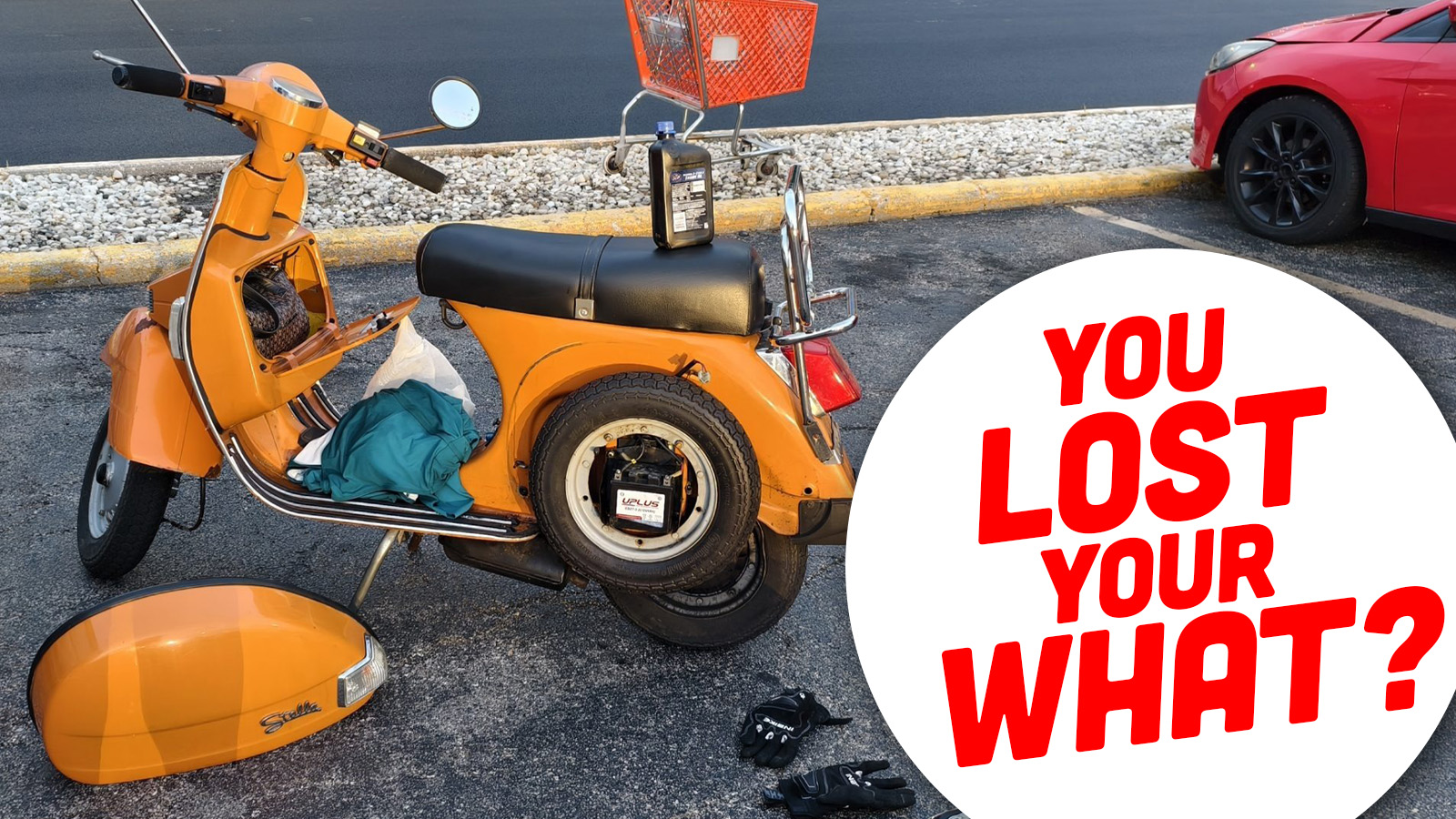When you’re using your phone to take photos of a car, you probably wouldn’t expect anything bad to happen to the camera. Not unless you dropped it, anyway. Unfortunately, though, it’s quite easy to end up destroying your smartphone’s camera thanks to new hardware on modern cars.
Reddit user Jeguetelli took to the r/Volvo subreddit to raise the alarm on this issue. The post contains a video of the Volvo EX90, shot on a regular smartphone. As the video focuses on the sensor package on the roof of the Volvo, something strange starts to happen. Random colored pixels start to appear, almost as if burned into the camera’s field of vision.
The cause of this strange camera malady? It’s all because of lasers, and it’s a problem you might want to watch out for in the future.
Never film the new Ex90 because you will break your cell camera.Lidar lasers burn your camera.
byu/Jeguetelli inVolvo
This happened because the Volvo EX90 has a lidar sensor, mounted in the sensor package just above the windscreen. Lidar (or LIDAR) is an acronym for “light detection and ranging,” and the word’s similarity to radar isn’t an accident. Radar systems use radio waves to find the range of distant objects; lidar systems do the same thing, but with laser light instead. By shooting out a pulse of light, and timing how long it takes to return, the lidar sensor can determine the distance to objects in its immediate surroundings. By scanning the sensor around, it’s possible to build up a 3D image of the world around the sensor.
The lidar sensor is used to support the various driver assists in the Volvo EX90, like the pending Level 3 self-driving system that is yet to be officially enabled. While cameras can provide useful visual data to a self-driving system, a lidar sensor can provide accurate readings of the distance from the vehicle to other objects or features of the environment. Other vehicles are using lidar, too, or plan to in the future. In particular, these sensors are most obvious on self-driving taxis from operators like Cruise and Waymo.

The laser in the Volvo’s lidar sensor operates in the infrared range at a wavelength of 1550 nanometers. The laser is classified as eye-safe. However, the device can cause damage to cameras. The laser light can end up being focused onto an imaging sensor by the camera’s optics, where it can cause permanent damage. This is because the focused laser light has a very high energy density, which is intense enough to overheat and destroy the delicate image sensor elements.
For its part, Volvo readily admits this issue in an explainer article on its website. In the automaker’s own words:
Lidar light waves can damage external cameras. Do not point a camera directly at the lidar. The lidar, being a laser based system, uses infrared light waves that may cause damage to certain camera devices. This can include smartphones or phones equipped with a camera.

This is not a chance occurrence, either. Since the launch of the EX90, multiple reports have surfaced of the lidar system causing damage to cameras. Journalist William Cha reported the issue in January this year, posting on Facebook regarding how his iPhone camera was destroyed. As reported by Boosted.dk, YouTuber Andras Horvath reported similar issues after “close contact” with a vehicular lidar sensor, also suspected to be an EX90.
This problem isn’t just limited to lidar, of course. Wedding photographers know the problem well, as YouTuber and photographer Alain Martinez explains. Laser light shows on the dancefloor can kill an expensive camera sensor incredibly quickly, even if they’re officially “eye safe.”

This issue could become more prevalent as more vehicles on the road start using lidar sensors en masse. It’s an attractive technology, able to readily create high-precision 3D models of the world around a vehicle, at ranges of many hundreds of feet. It can detect everything from traffic cones to pedestrians and other vehicles, making it highly useful for self-driving systems as well as things like automatic emergency braking. Most high-level self-driving cars feature one or more lidar sensors as a matter of course.
There are ways to protect against this occurring. It’s all about distance and angles. The farther your camera is away from the laser, the better. You don’t want to zoom in, either. It’s unlikely vehicle lidar systems will ever be so powerful that they’re dangerous to photograph from a large distance. For this to happen, they’d likely breach eye safety limits and wouldn’t be safe for on-road use. However, when you’re up close and personal, or zooming right in, that’s when damage is most likely.
Ideally, if you’re photographing a lidar-equipped vehicle, you’re best advised to do so while it’s turned off or the sensor is otherwise disabled. Be wary out there, lest your expensive smartphone or camera become useless in short order.
Image credits: Volvo, Jeguetelli via Reddit screenshot







If it can damage a digital camera sensor, could it also damage people’s eyes?
And would it affect the Six Million Dollar Man’s left eye?